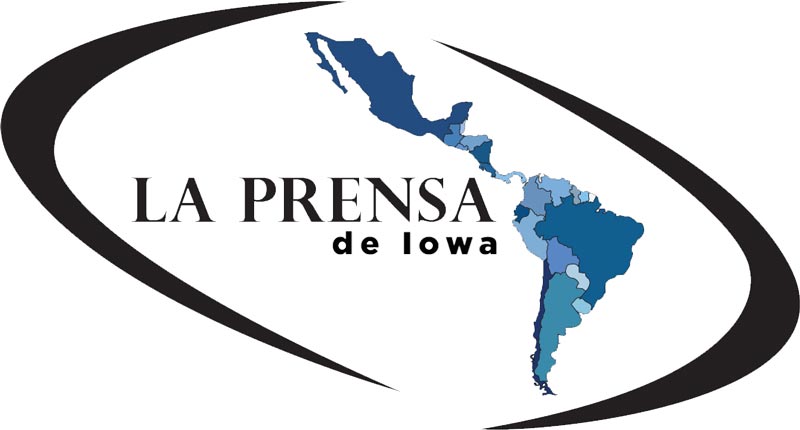Refuerzan guías para peticiones conyugales con menores de edad
/English translation provided at the end.
LA PRENSA
Redacción
El Servicio de Ciudadanía e Inmigración de Estados Unidos (USCIS, por sus siglas en inglés) anunció hoy la publicación de nuevas guías que deben ser consideradas por los oficiales al momento de adjudicar peticiones conyugales que involucren a menores de edad.
Las guías, publicadas como parte de una actualización (en inglés) al Manual de Campo para Adjudicadores de USCIS (AFM, por sus siglas en inglés) clarifica los requisitos de edad para un peticionario que presenta una Declaración Jurada de Patrocinio Económico para un cónyuge en conjunto con un Formulario I-485, e identifica los factores que los oficiales deben considerar cuando adjudiquen un Formulario I-130, en el caso de una petición conyugal que involucre a un menor de edad.
“USCIS ha tomado acciones de acuerdo a la medida máxima permitida bajo la ley de inmigración actual para resaltar consideraciones especiales en la adjudicación de peticiones de inmigración basadas el matrimonio que involucran a un menor de edad”, dijo el director de USCIS, L. Francis Cissna. “La actualización de nuestras guías complementa el sistema de identificación que USCIS ha creado para identificar cónyuges menores de edad. Aunque estos son pasos en la dirección correcta, en última instancia le corresponde al Congreso dar más certeza y claridad legal a este proceso, tanto para los peticionarios como para los oficiales de USCIS.
Aunque no existen requisitos legales de edad para pedir un cónyuge o patrocinarlo como un beneficiario conyugal, USCIS considerará si la edad del beneficiario o peticionario en el momento en que el matrimonio se llevó a cabo viola las leyes del lugar donde tuvo lugar, o la ley o políticas públicas del estado donde la pareja reside o planea residir. En algunos estados de Estados Unidos y en algunos países extranjeros, el matrimonio que involucra a un menor de edad puede ser permitido bajo ciertas circunstancias, incluso en casos donde exista consentimiento de los padres, una orden judicial, emancipación del menor, o embarazo de la menor de edad.
La actualización de las guías le enfatizan a los adjudicadores que los matrimonios que involucran a menores de edad requieren atención especial. Cuando se considere una petición, los oficiales de USCIS deben asegurarse de que:
El matrimonio fue legal en el lugar donde se llevó a cabo;
Si la pareja reside fuera del lugar donde se llevó a cabo el matrimonio, el mismo debe ser reconocido como válido en Estados Unidos, donde la pareja reside actualmente o donde presuntamente reside, y que no viole las políticas públicas del estado donde reside; y el matrimonio es legítimo, y que el menor de edad dio consentimiento de forma completa, libre e informada al aceptar el matrimonio.
Esta actualización al AFM es parte de los esfuerzos continuos de USCIS para asegurar que nuestras políticas y procesos se mantengan actualizados y sean consistentes con la ley de inmigración actual.
Antes de esta actualización del AFM, USCIS creó un sistema de indicadores que envía una alerta en el sistema electrónico al momento de la presentación de una petición, si se detecta un cónyuge o prometido(a) menor de edad. Después de la alerta inicial, la petición se envía a una unidad especial que verifica que la edad y la relación establecida sean correctas, antes de que la petición sea aceptada. Si la edad o la clasificación en la petición es incorrecta, la petición será devuelta al peticionario para su corrección.
Nelson describió el bagre albino como un “unicornio” según informó el periódico The Storm Lake Times.
Un funcionario del Departamento de Recursos Naturales de Iowa dijo que se observaron algunos bagres albinos en el último lote de bagres criados en el criadero de peces Rathbun, que fue el último en abastecer Storm Lake en septiembre.
El bagre albino rara vez crece mucho ya que es susceptible a la depredación porque es tan fácil de ver por los peces depredadores más grandes.
Nelson dijo que liberó el bagre de vuelta al lago porque “pensé que tal vez alguien más disfrutaría atraparlo”.
Google Translation
The United States Citizenship and Immigration Service (USCIS) today announced the publication of new guidelines that should be considered by officials when adjudicating conjugal petitions involving minors.
The guides, published as part of an update (in English) to the Field Manual for Adjudicators of USCIS (AFM), clarify the age requirements for a petitioner who submits an Affidavit of Economic Sponsorship for a spouse in set with a Form I-485, and identifies the factors that officers must consider when adjudicating a Form I-130, in the case of a spousal petition involving a minor.
"USCIS has taken action to the maximum extent permitted under current immigration law to highlight special considerations in the adjudication of marriage-based immigration petitions involving a minor," said USCIS Director L. Francis Cissna "The updating of our guides complements the identification system that USCIS has created to identify underage spouses. Although these are steps in the right direction, it is ultimately up to Congress to give more certainty and legal clarity to this process, both for petitioners and USCIS officials.
Although there are no legal age requirements to request a spouse or to sponsor him or her as a spousal beneficiary, USCIS will consider whether the age of the beneficiary or petitioner at the time the marriage took place violates the laws of the place where it took place, or the law or public policies of the state where the couple resides or plans to reside. In some states of the United States and in some foreign countries, marriage involving a minor may be allowed under certain circumstances, even in cases where there is parental consent, a court order, emancipation of the child, or pregnancy of the child. younger.
Updating the guidelines emphasizes to adjudicators that marriages involving minors require special attention. When considering a petition, USCIS officials must ensure that:
The marriage was legal in the place where it took place;
If the couple resides outside the place where the marriage took place, it must be recognized as valid in the United States, where the couple currently resides or where they allegedly reside, and that does not violate the public policies of the state where they reside; and the marriage is legitimate, and that the minor gave full, free and informed consent when accepting the marriage.
This update to the AFM is part of the continuing efforts of USCIS to ensure that our policies and processes remain current and consistent with current immigration law.
Prior to this AFM update, USCIS created a system of indicators that sends an alert in the electronic system at the time of filing a petition, if a spouse or underage fiancé is detected. After the initial alert, the request is sent to a special unit that verifies that the age and the established relationship are correct, before the request is accepted. If the age or classification in the petition is incorrect, the petition will be returned to the petitioner for correction.























